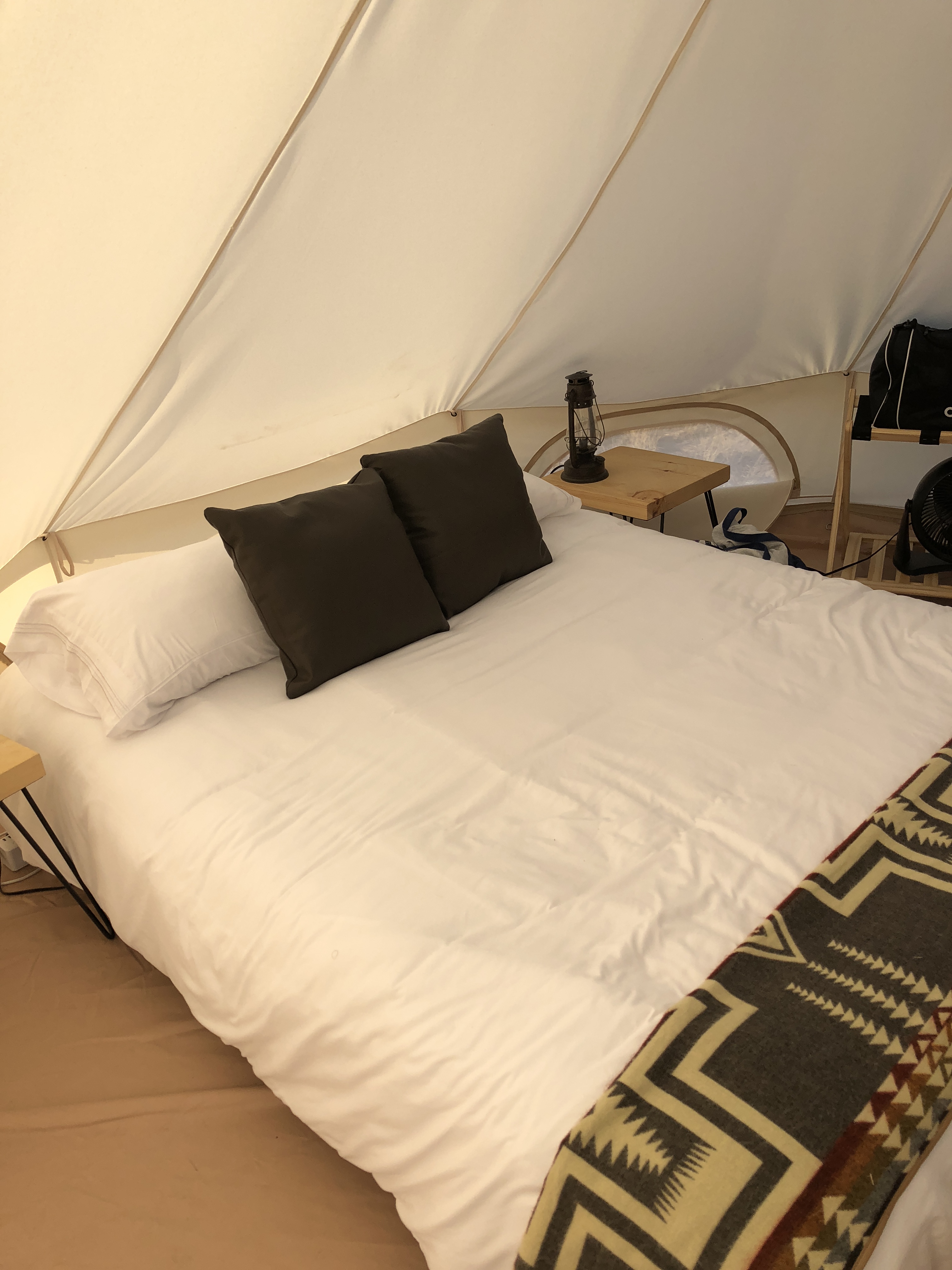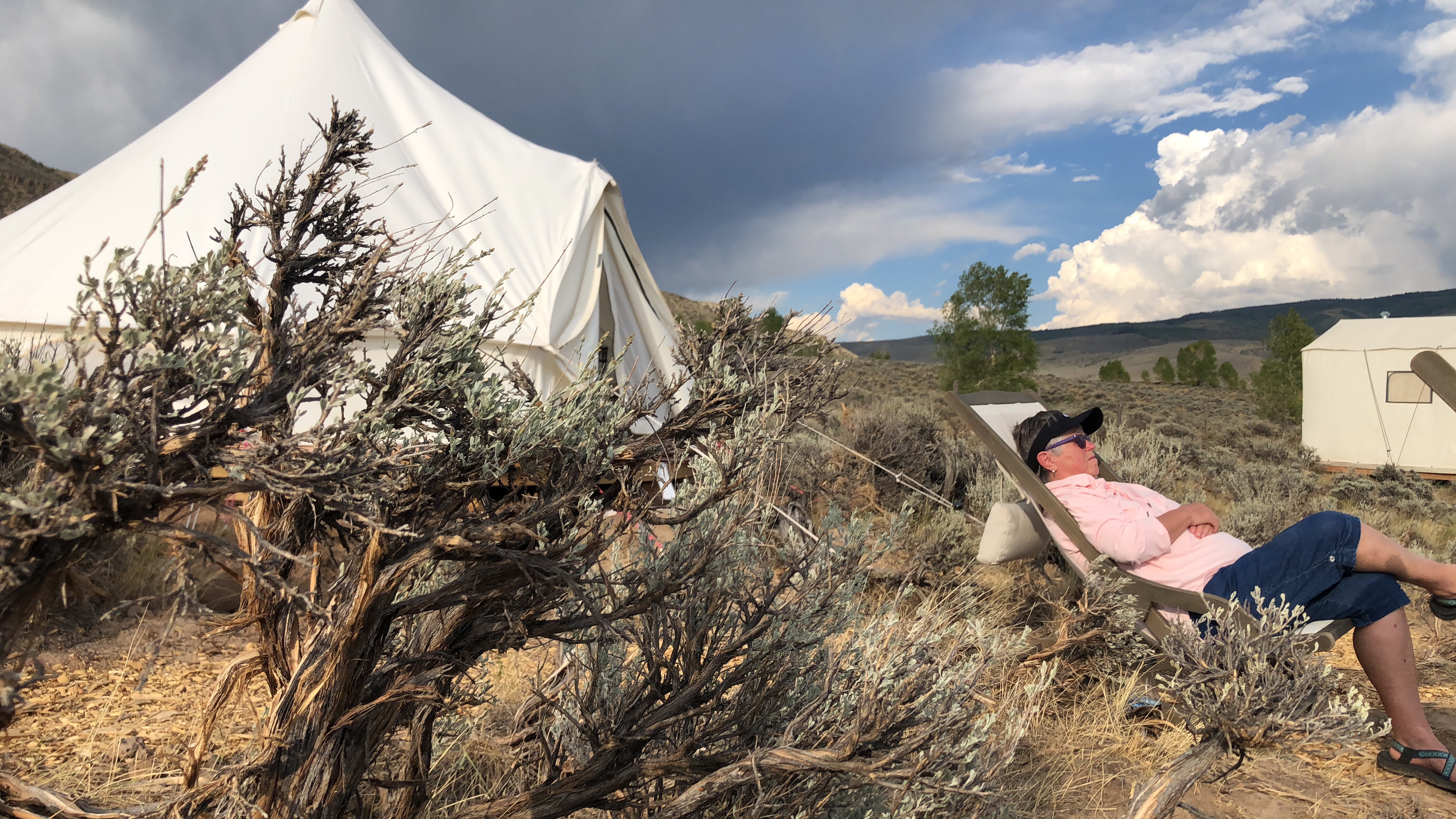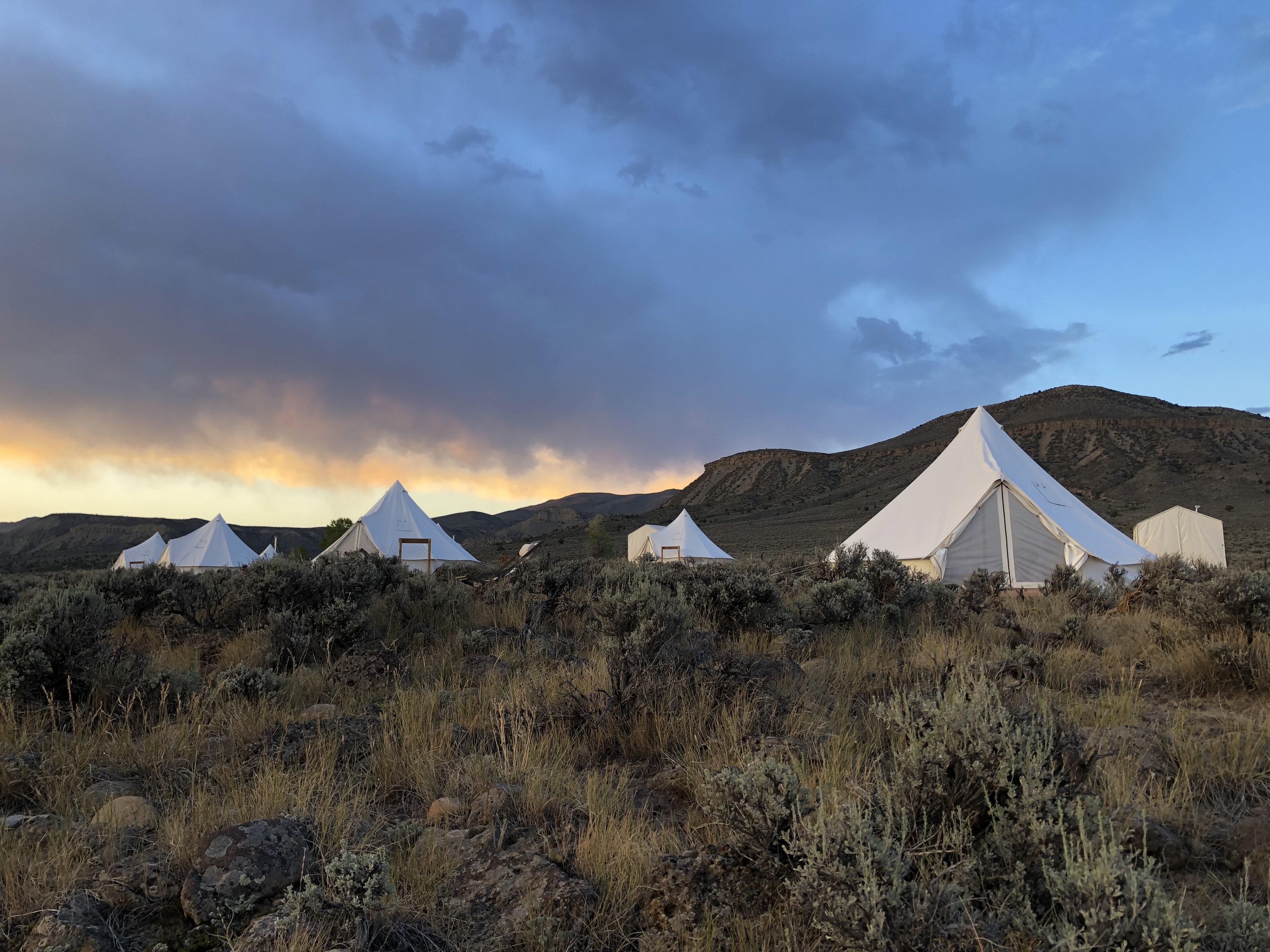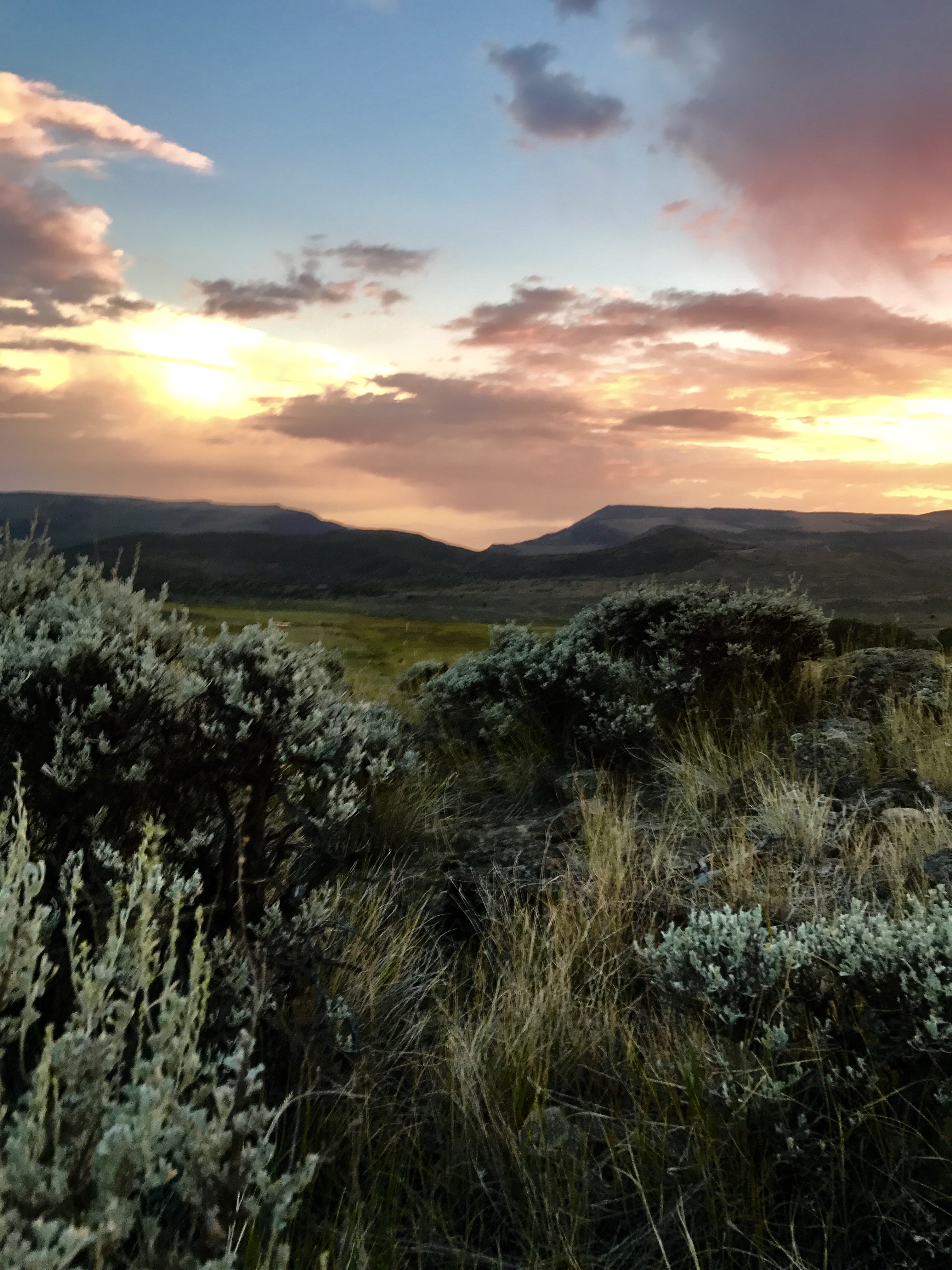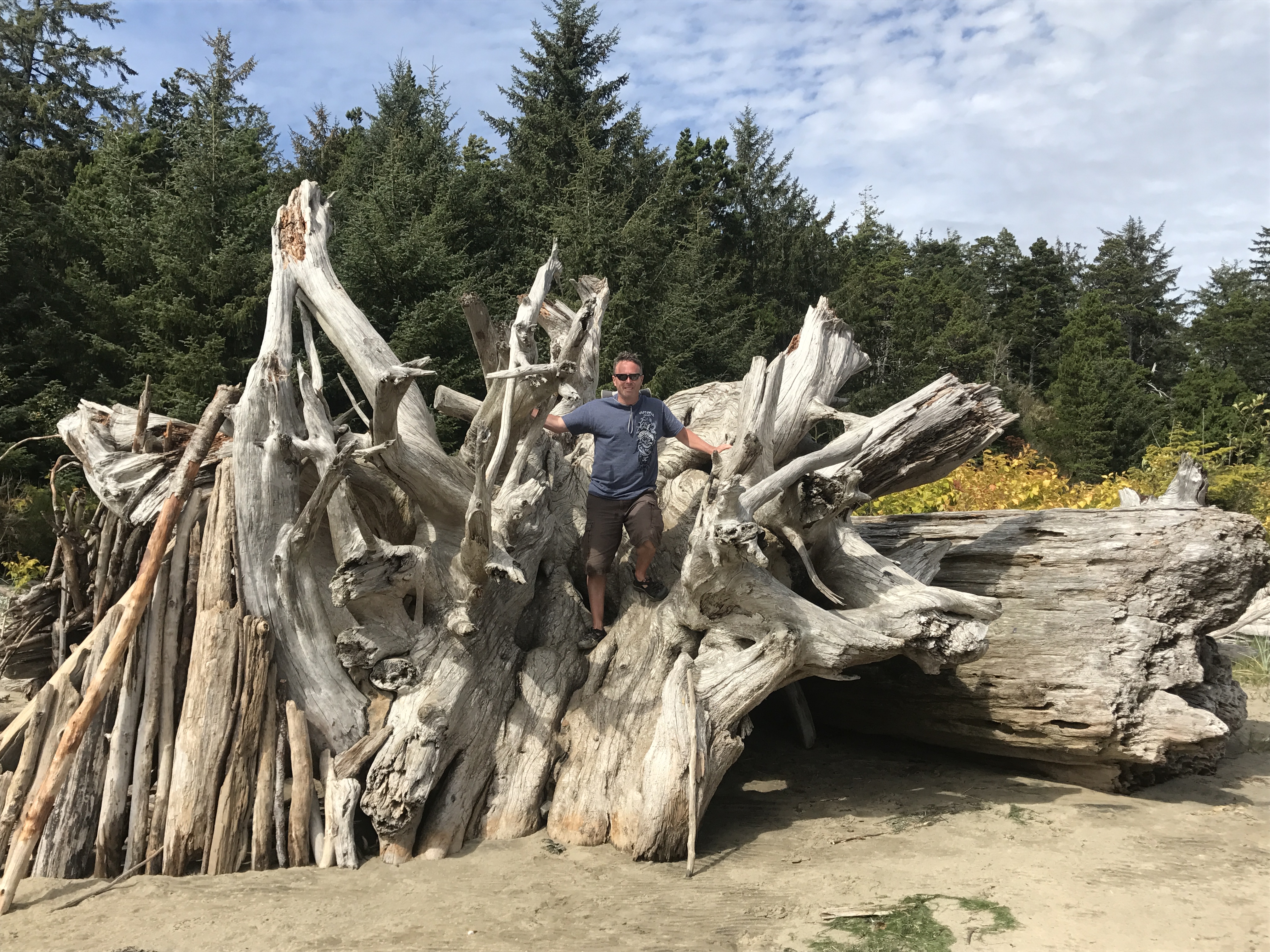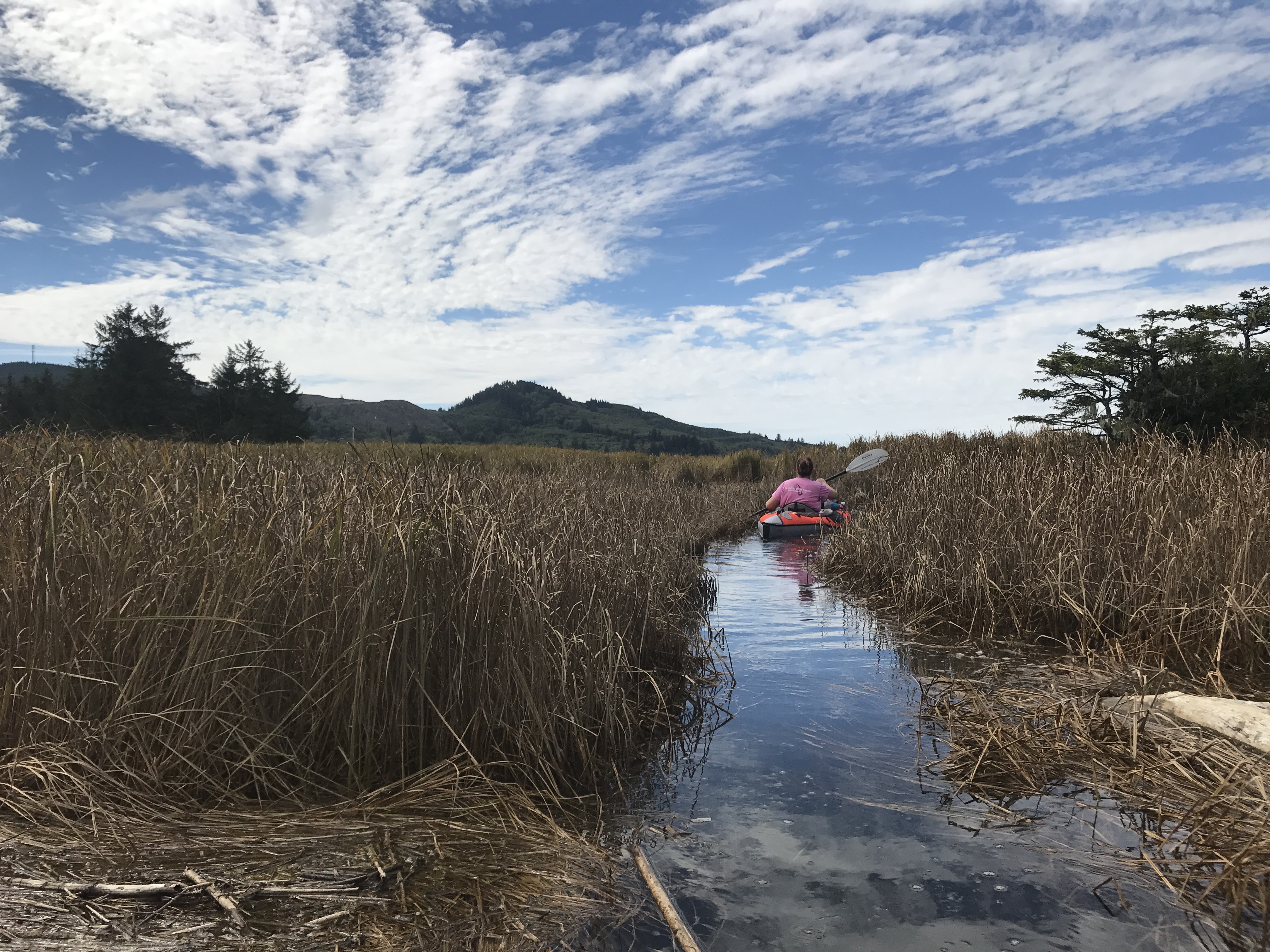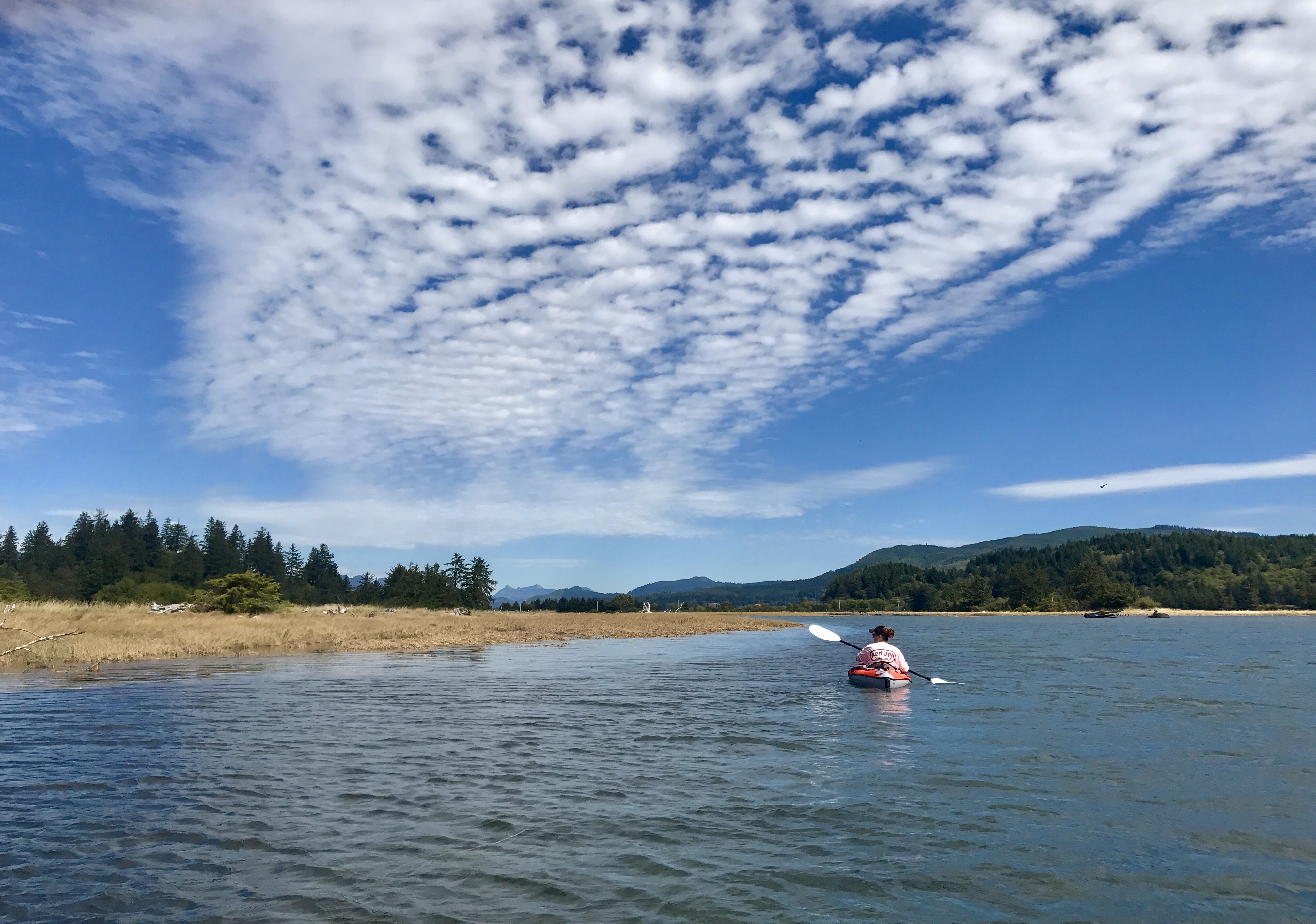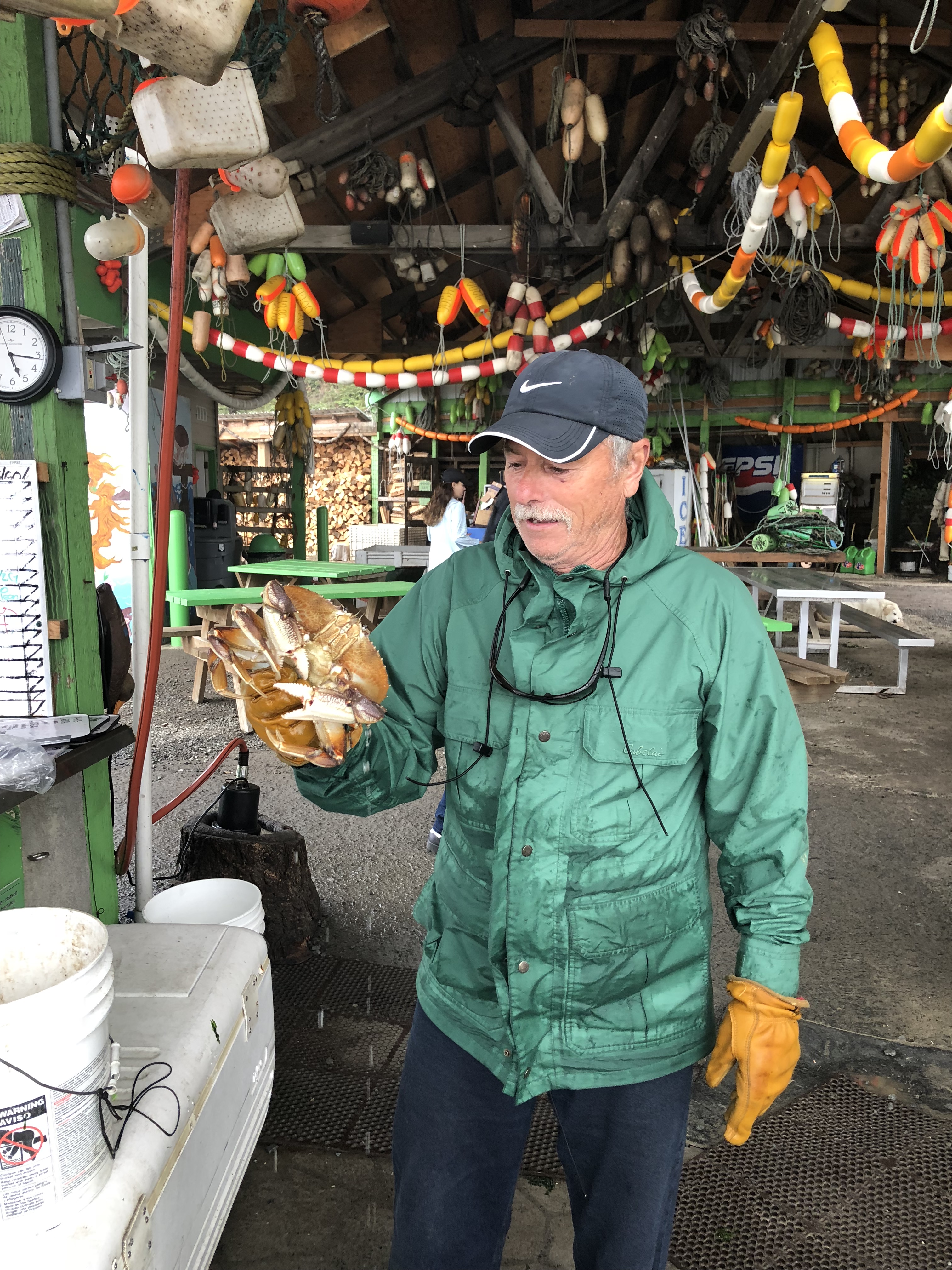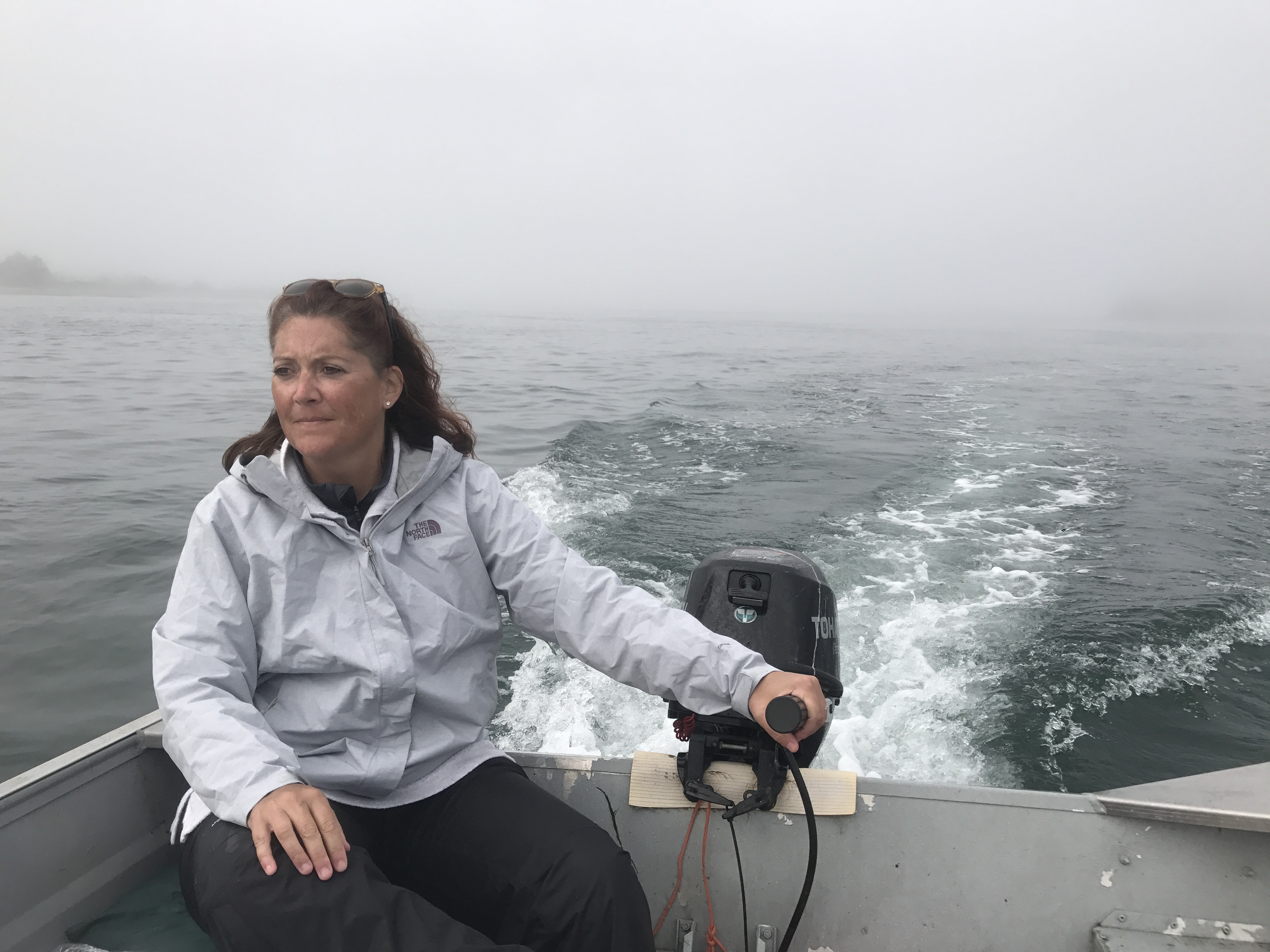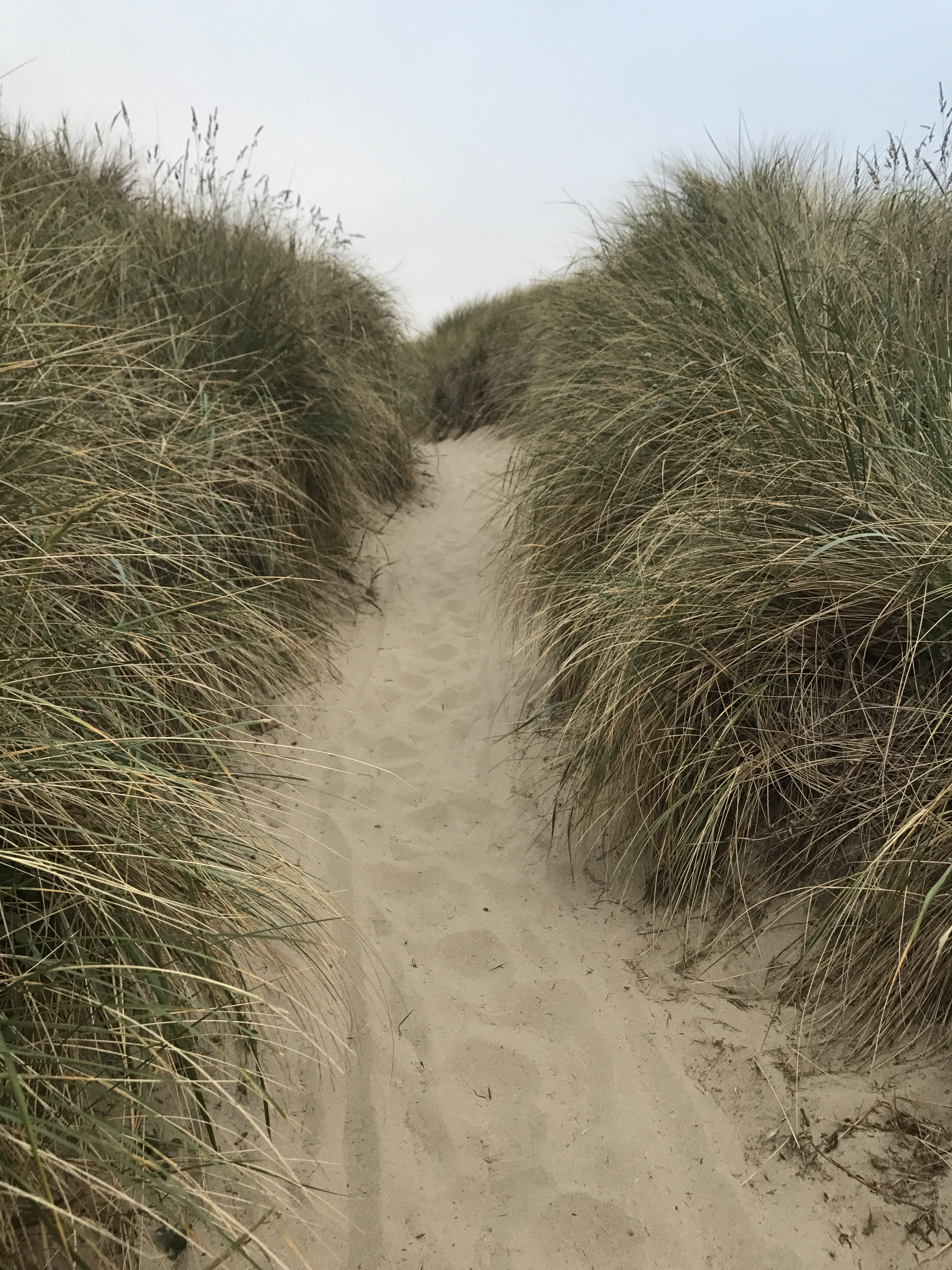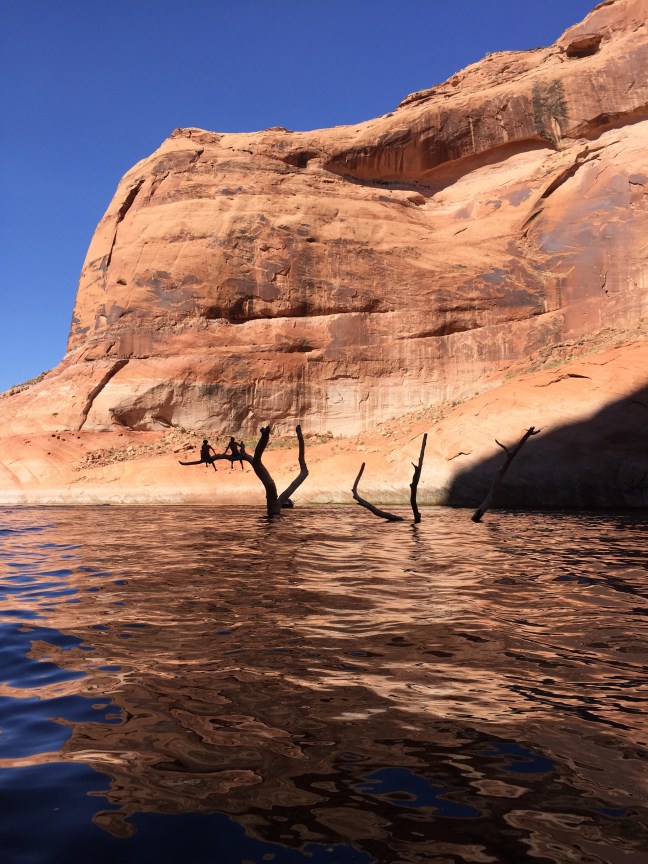When we travel anywhere from Colorado by car/camper, we normally head in three of the four directions: north, south, and west. At the end of this summer, we decided to do things a little different and headed east (and north) to to the land of 10,000 lakes, Minnesota. One of the mental barriers of driving east out of Colorado is that you have to drive about eight hours to get across eastern Colorado and either Kansas or Nebraska. Both Kansas and Nebraska have places that we enjoy, but we were looking for something more than what the Great Plains has to offer. We were looking for lakes and forests, and Minnesota definitely has that. You might say “don’t you have that in Colorado?” The answer is, sort of. We definitely have forested mountains, mostly pines and firs, with a few aspens sprinkled in here and there. As for lakes, this is an area that isn’t our states greatest natural treasure. Sure there are some, but most lakes in Colorado are man made, with enough people on them that most times it feels like you’re playing dodgeball. So if you’re looking to play in the mountains, you come to Colorado and if it’s lakes you’re after, head to Minnesota.
We chose the Ely area for our base camp and more specifically, Bear Head Lake State Park, because it was centrally located to many of the types of outdoor pursuits we were interested in, like hiking, camping, and kayaking. Ely is known as the gateway town to the Boundary Waters Canoe Area (BWCA), and has that outdoorsy adventure town vibe that you see in places like Moab, Utah and Boulder, Colorado. In Moab, it’s mountain bikes that are strapped to cars. In Boulder, it’s road bikes and paddle boards. In Ely, it’s all about the canoe. We brought kayaks on this trip and boy did they ever look out of place in Ely. No matter the pursuit, Ely is the gateway to whatever outdoor adventure you fancy in Northern Minnesota.
Some people asked me before we left for Minnesota “have you heard about how bad the mosquitoes are?” “Yes,” I said, I knew all about the mosquitoes, having survived the relentless attacks by the Minnesota state bird on a trip to Lake Winnibigoshish with my dad when I was 16. On that trip, the primary purpose was walleye fishing, and we caught (and ate) more than we could count. That trip was in June and the state lived up to its infamous reputation as ground zero for mosquitoes. We used so much mosquito repellent on that trip that our clothes smelled like deet for a month. I still had a great trip in spite of the mosquitoes and the annoyances that came along with them. I had a great time boating, we caught lots of fish, and I always knew I wanted to get back there someday, but it took over 30 years for that to happen.
This trip was with my wife and was during early September this past year. This time out wasn’t going to be as much about fishing as the previous trip and there was likely to be one huge benefit to picking September instead of June: there shouldn’t be too many mosquitoes in the autumn as the temperature cools down (the highs were in the 60’s and the lows were in the 30’s while we were there).

Bear Head Lake State Park turned out to be the perfect place for us. It had an excellent campground with large sites just feet from a beautiful northern lake. One of my passions is hiking and there were several trails that began directly from the campground, which was nice to just wake up and go hike without having to drive to a trailhead. Most people don’t come to this area to hike though, they come to Bear Head Lake to get on the water, either for boating or fishing or both (I did both but my boat was a kayak). Fishing and kayaking are best done early and sliding into this lake around sunrise had so many rewards. There were only a handful of watercraft out that early, and most of those were kayakers. Morning mist was everywhere but only slowly burning away as the sun grew higher. Perhaps the best part of being on a lake as big as Bear Head Lake with the only boats out there being ones without engines, is being able to hear the cry of a loon. To hear a loon while paddling on a quiet misty lake is an experience like no other, it is truly the signature sound of the northern wilderness.


On every trip we go on there are things that we want to experience that just don’t happen for some reason, mostly that we have to get back home, to work. On this trip, we didn’t get to kayak/canoe the Boundary Waters, didn’t see the northern lights, I didn’t catch a walleye (or a pike for that matter), and we didn’t even see a moose. But what we did experience though was a place vastly different from where we live, we heard wolves howl and loons cry, I caught so many fish and not one of them was big enough to eat (I still had a blast), and I was only bitten by one mosquito, no repellent needed this time.





